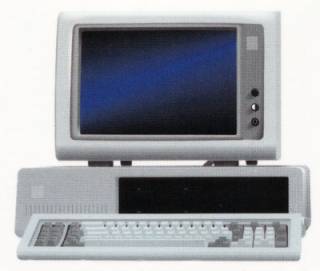Hard drives is not my stronget subject with computers, so I would appreciate it if anyone with the knowledge could help me through this. I have two hard drives in my computer: An SSD which is the primary C: drive & where the operatingsystem is. The second is a Desktop Green Drive and is set to E:. That's fine, but now I've just ordered a second SSD where its primary use will be Steam & games. My mainboard (I believe) has only two SATA 3.0 ports, & I want to have both of my SSD's on those, & then my Desktop Green Drive to SATA 2.0 & to something else but E:, which I would like that second SSD to be. It is maybe a weird question (?), but how do I approach this to avoid any issues & have all of my drives to work as they should afterwards?
If you didn't understand, I basically just want to replace my Desktop Green Drive with my New SSD, & then install that Green Drive as a third hard drive for storage.

Log in to comment